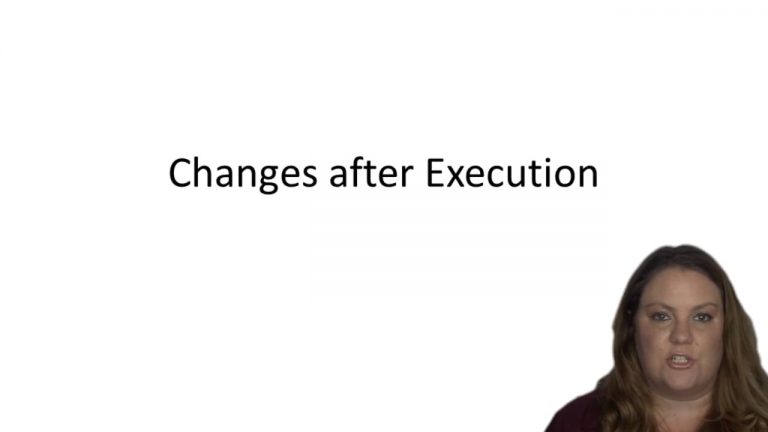SmartBrief
Confirm favorite deletion?
Wills, Trusts & Estates Keyed to Gallanis
Junot v. Estate of Gilliam
Citation:
759 S.W.2d 654 (Tenn. 1988)Facts
The parties executed separate wills on February 22, 1974, which were mutual and reciprocal. In his will, Mr. Gilliam directed payment of debts and funeral expenses. He then left all of his property outright to his wife, Mrs. Gilliam, except as otherwise directed in Item III hereof. In Item III the will provided that if Mrs. Gilliam did not survive the testator, or if she died within 90 days after his death as a result of a common disaster, then all of Mr. Gilliam’s estate was to be divided equally among the five children of the parties; that is, Mr. Gilliam’s three children and the two children of Mrs. Gilliam. Shortly after the death of her husband, Mrs. Gilliam wrote another will, executed on January 28, 1985, leaving the entire estate to her children by her first marriage.
Only StudyBuddy Pro offers the complete Case Brief Anatomy*
Access the most important case brief elements for optimal case understanding.
*Case Brief Anatomy includes: Brief Prologue, Complete Case Brief, Brief Epilogue
- The Brief Prologue provides necessary case brief introductory information and includes:
Topic:
Identifies the topic of law and where this case fits within your course outline.Parties:
Identifies the cast of characters involved in the case.Procedural Posture & History:
Shares the case history with how lower courts have ruled on the matter.Case Key Terms, Acts, Doctrines, etc.:
A case specific Legal Term Dictionary.Case Doctrines, Acts, Statutes, Amendments and Treatises:
Identifies and Defines Legal Authority used in this case.
- The Case Brief is the complete case summarized and authored in the traditional Law School I.R.A.C. format. The Pro case brief includes:
Brief Facts:
A Synopsis of the Facts of the case.Rule of Law:
Identifies the Legal Principle the Court used in deciding the case.Facts:
What are the factual circumstances that gave rise to the civil or criminal case? What is the relationship of the Parties that are involved in the case.Issue(s):
Lists the Questions of Law that are raised by the Facts of the case.Holding:
Shares the Court's answer to the legal questions raised in the issue.Concurring / Dissenting Opinions:
Includes valuable concurring or dissenting opinions and their key points.Reasoning and Analysis:
Identifies the chain of argument(s) which led the judges to rule as they did.
- The Brief Prologue closes the case brief with important forward-looking discussion and includes:
Policy:
Identifies the Policy if any that has been established by the case.Court Direction:
Shares where the Court went from here for this case.

 5m 36s
5m 36s